Spring and summer are prime allergy season in most parts of the US. Between the pollen from plants, animal dander, and the molds caused by spring rains, this time of year could have your entire family begging for relief. Even if you have a prescription for allergy medication, there are probably times where it does not seem to make a dent. This could be because the allergens are actually stuck to your nasal membranes.
Most allergy medicines get rid of histamines, chemicals in your blood that cause many of the classing allergy symptoms, but they can’t flush allergens out of your sinuses. Some nasal sprays can, but if you also have severe congestion, they might not be able to penetrate well enough. Flushing your sinuses with nasal irrigator can relieve existing allergy symptoms, and even help prevent future outbreaks. The idea behind using either of these methods is to gently cleanse and flush the nose with a salt and water solution, removing pollen, pollutants and mucus. If nasal passages are dry, moisture is replaced making breathing easier. If you are a person who experiences sinus congestion saline spray and nasal irrigation can help loosen and clear thick mucus.
You can find nasal irrigators at your local drug store as either a neti-pot, or a squeeze bottle. They use a mild saline solution to flush the sinuses, and contain no drugs. Around allergy season, you can also find drugstore coupons for allergy needs, including nasal irrigators. Some online retailers, like Amazon, also sell nasal irrigators and you can look for NerdWallet coupons online to find discounts and savings for these retailers.
How to Irrigate Your Sinuses
Things you need:
Nasal Irrigator (pot or squeeze bottle)
Saline nasal wash packets or 1/4 tsp sea salt and 1/8 tsp baking soda
Warm water
Towel
SinkEmpty one nasal wash packet into the irrigator. If you do not have pre-made nasal wash packets, add the sea salt and baking soda to the irrigator.
Fill the irrigator with warm distilled water, up to the fill line. The water should be at, or below, body temperature. Put the top on the irrigator and swirl the water to dissolve the saline solution.
Stand over a sink with a towel draped over your shoulders. Lean or bend so that your head is about a foot away from the bowl. You want to lean forward enough for the sink to catch the water, and to avoid getting your clothes wet. Leaning forward will also help direct the water through your
sinuses, and away from your throat.Tilt your face to the side, so that one nostril slightly higher than the other. Press your tongue against the roof of your mouth to prevent water from going down your throat.
If you are using a squeeze bottle, insert thetip of the bottle into your upturned nostril. Gently squeeze so that the warm water enters the nostril.
If you are using a neti-pot, insert the spout of the pot into your upturned nostril. Tip the pot until water pours into the nostril.
Empty approximately half of the irrigator into your nostril. The water should run out of the other nostril. If you feel water running down your throat, or if you feel pain or any other discomfort, stop irrigating.
After you have used about half the fluid, remove the irrigator. Tilt your nose toward the sink and blow into the towel to remove any excess water.
Stand up slowly and continue blowing into the towel.
Wait one minute and repeat the process with the other nostril, using the rest of the fluid.
This might look a bit confusing when done the first time, so here’s a little video that will help you master the technique.
Do not try nasal irrigation on small children, or try to irrigate another person’s sinuses, as it can present a choking hazard. You can use Pediatric Saline Irrigators for kids – they are safe and easy for them to use. Because nasal irrigators are drug free, you can use them in addition to your regular allergy medicines.
Contact your physician if you notice a marked increase in the frequency or duration of your allergy symptoms, because that could mean something more severe than an allergy. I have tried the Irrigators as well as the Neti-pot, and both have worked wonders for me. So give this a try, and you’ll soon discover how easy it is to get immediate relief from common allergy symptoms, in a natural, drug-free way.
Related Posts
- Fruits Can Help Fight Diabetes
Diabetes Diet Plan Should Include Fruit, New Study Finds Doctors who have recommended limited fruit…
- How We Fight The Flu At Our Home
“This post is part of a social shopper marketing insight campaign with Pollinate Media Group™…
- Health & Fitness
Food FactsDiet & Nutrition Mind & Body Exercise & Fitness
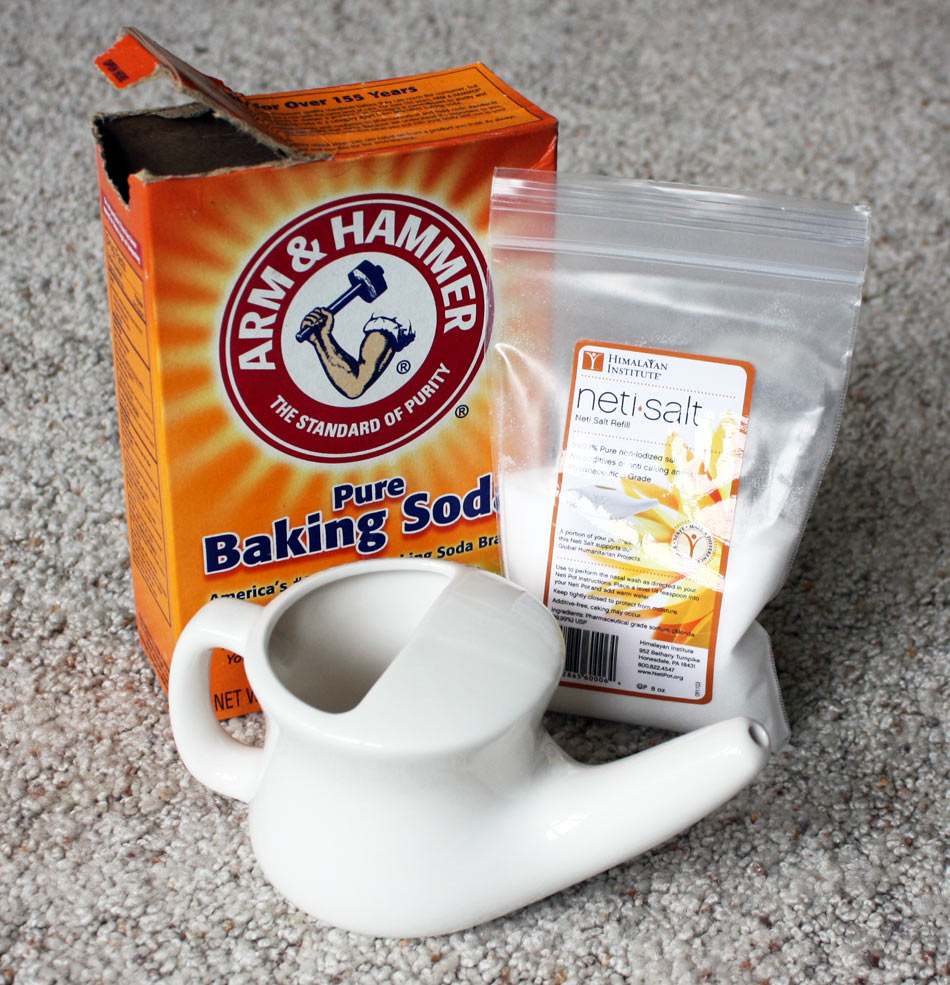




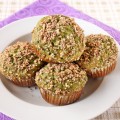





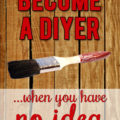

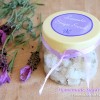



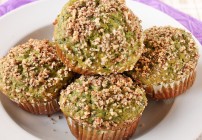


[…] For detailed instructions about how to perform nasal irrigation GO HERE. […]